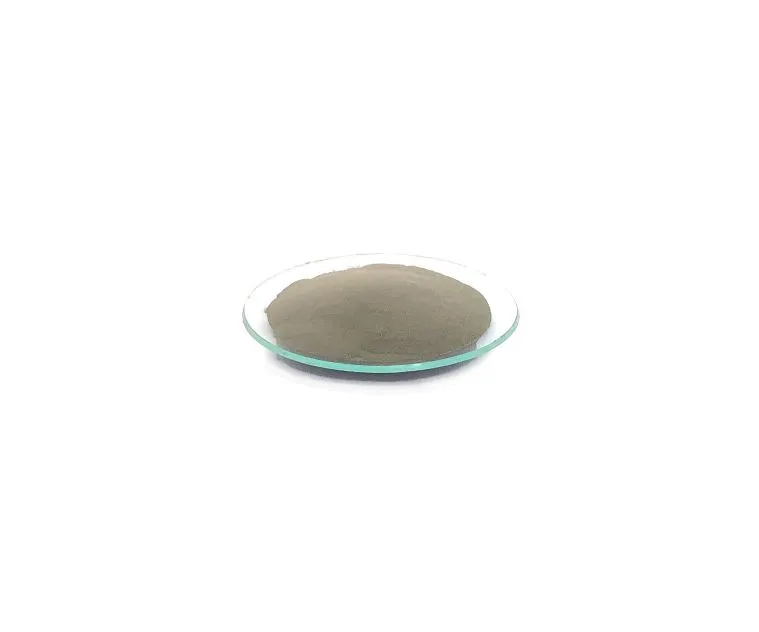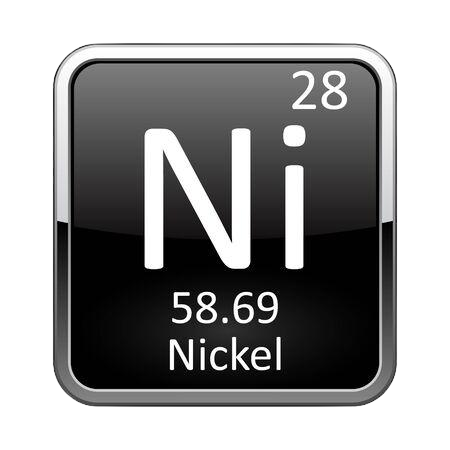

| TRADE NAME | PURITY | PARTICLE SIZE | A. D. (g/cm3) | T. D. (g/cm3) | OXYGEN | MORPHOLOGY |
|---|---|---|---|---|---|---|
| EF | 99.5% MIN | <2 MICRONS | 1.1-1.5 | 1.8-2.2 | <0.5% | IRREGULAR |
| UF | 99.5% MIN | <1 MICRON | 1.6-2.0 | 2.7-3.1 | <0.6% | FLAKY |
| HD | 99.5% MIN | <75 MICRONS | 3.8-4.2 | 4.9-5.3 | <0.4% | IRREGULAR |


| TRADE NAME | PURITY | PARTICLE SIZE | A. D. (g/cm3) | T. D. (g/cm3) | OXYGEN | MORPHOLOGY |
|---|---|---|---|---|---|---|
| EF | 99.5% MIN | <2 MICRONS | 1.1-1.5 | 1.8-2.2 | <0.5% | IRREGULAR |
| UF | 99.5% MIN | <1 MICRON | 1.6-2.0 | 2.7-3.1 | <0.6% | FLAKY |
| HD | 99.5% MIN | <75 MICRONS | 3.8-4.2 | 4.9-5.3 | <0.4% | IRREGULAR |
Nickel powders are mainly produced by atomisation, electrolytic and hydrometallurgical process
Nickel powder is produced by carbonyl process (Extra fine powders) and electrolytic process(Coarse Powders) and further milled to Ultra fine powders, it is a very high corrosion resistant metal, Nickel improves the mechanical properties of alloys, such as tensile strength and ductility. Nickel metal powder is also used in producing superalloys because it has a high melting point and is resistant to corrosion.
Nickel powder is used in a variety of manufacturing and powder metallurgy processes, including:
| Nickel | Values |
|---|---|
| Molecular Weight | 58.69 |
| Appearance | Lustrous silvery metal |
| Melting Point | 1455 °C |
| Boiling Point | 2732 °C |
| Density | 8.902 g/cm3 |
| Solubility in H2O | N/A |
| Electrical Resistivity | 69.3 nΩ·m (20 °C) |
| Electronegativity | 1.91 Paulings |
| Heat of Fusion | 17.48 kJ·mol-1 |
| Heat of Vaporization | 377.5 kJ·mol-1 |
| Poisson's Ratio | 0.31 |
| Specific Heat | 0.44 kJ/kg·K |
| Thermal Conductivity | 90.9 W·m-1·K-1 |
| Thermal Expansion | 13.4 µm·m-1·K-1 (25 °C) |
| Vickers Hardness | 638 MPa |
| Young's Modulus | 200 GPa |
© Serena. All rights reserved.